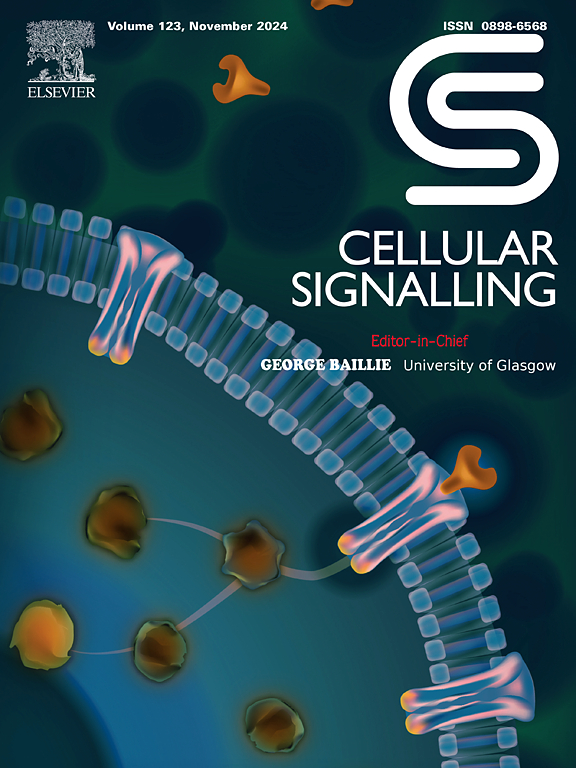Dichloroacetate: A metabolic game-changer in alleviating macrophage inflammation and enhancing recovery after myocardial infarction
IF 4.4
2区 生物学
Q2 CELL BIOLOGY
引用次数: 0
Abstract
Background
Dichloroacetate (DCA) has shown potential in modulating cellular metabolism and inflammation, particularly in cardiac conditions. This study investigates DCA's protective effects in a mouse model of myocardial infarction (MI), focusing on its ability to enhance cardiac function, reduce inflammation, and shift macrophage polarization from the pro-inflammatory M1 to the anti-inflammatory M2 phenotype.
Methods
An acute MI model was created using left anterior descending coronary artery ligation. Mice were assigned to four groups: normal control, MI control, MI + 50 mM DCA, and MI + 100 mM DCA. Cardiac fibrosis and injury were assessed through H&E staining. Cardiac function was evaluated via echocardiography, and serum levels of creatine kinase-MB (CK-MB) and lactate dehydrogenase (LDH) were measured. Inflammation and apoptosis were analyzed through immunohistochemistry, ELISA, western blotting, and flow cytometry in heart tissue and RAW264.7 cells. Additionally, macrophage polarization and relevant signaling pathways were examined.
Results
DCA significantly improved cardiac function in MI mice, evidenced by reduced myocardial injury and lower CK-MB and LDH levels. It also decreased inflammatory cytokines (TNF-α, IL-6 and IL-1β) and facilitated macrophage polarization from M1 to M2. Western blotting revealed that DCA inhibited iNOS and COX2 while enhancing Arg1 expression, alongside improved mitochondrial function and reduced apoptosis. Additionally, by injecting AAV-PDHK4 (pyruvate dehydrogenase kinase) into MI mice, we found that DCA effectively inhibited the progression of MI through the suppression of PDHK4.
Conclusion
DCA protects against myocardial infarction by enhancing cardiac function, reducing inflammation, and promoting macrophage polarization, likely through inhibition of PDHK4 and NF-κB pathways, positioning it as a potential therapeutic strategy for cardiac repair post-MI.
求助全文
约1分钟内获得全文
求助全文
来源期刊

Cellular signalling
生物-细胞生物学
CiteScore
8.40
自引率
0.00%
发文量
250
审稿时长
27 days
期刊介绍:
Cellular Signalling publishes original research describing fundamental and clinical findings on the mechanisms, actions and structural components of cellular signalling systems in vitro and in vivo.
Cellular Signalling aims at full length research papers defining signalling systems ranging from microorganisms to cells, tissues and higher organisms.
 求助内容:
求助内容: 应助结果提醒方式:
应助结果提醒方式:


